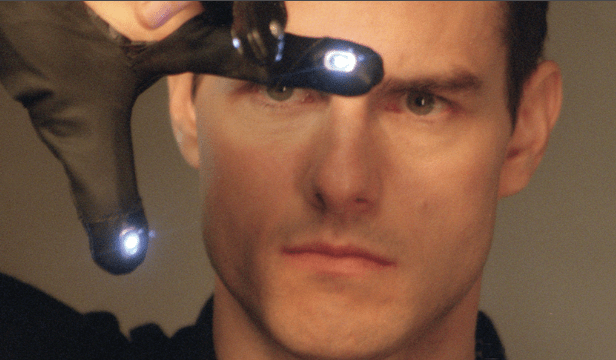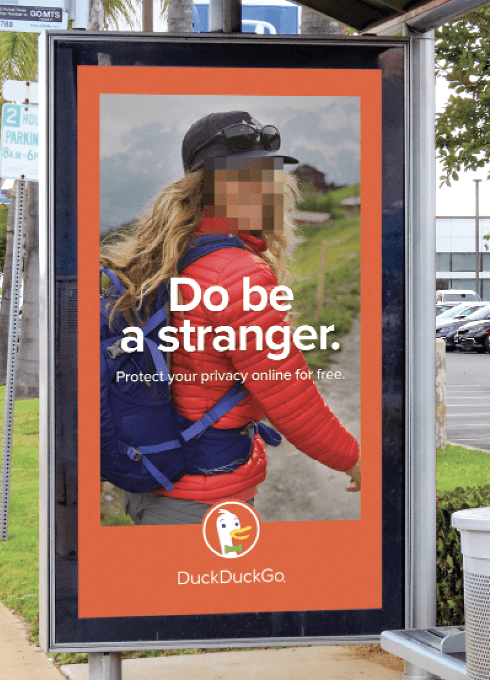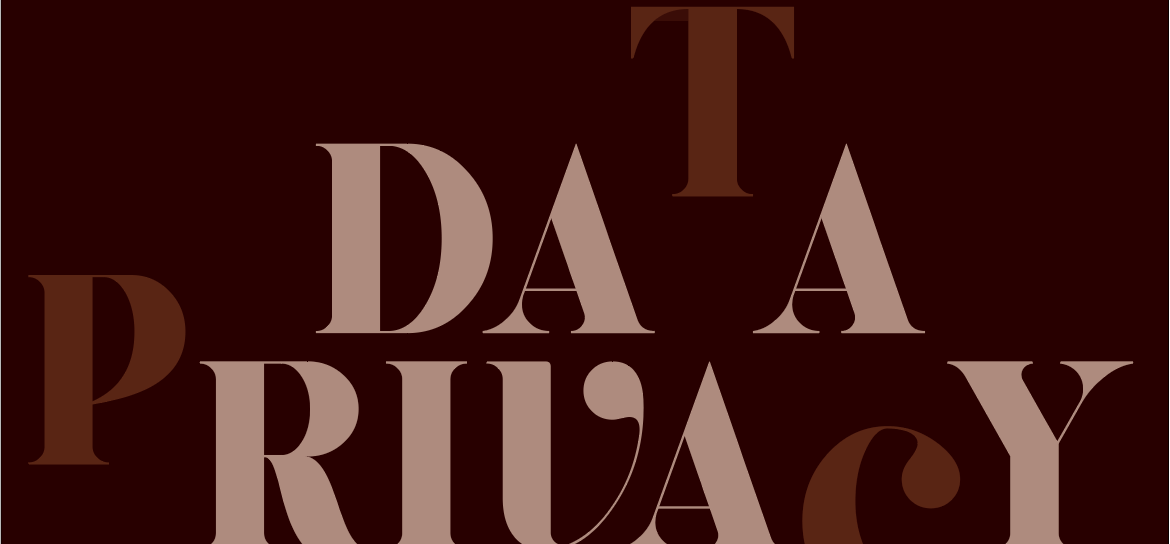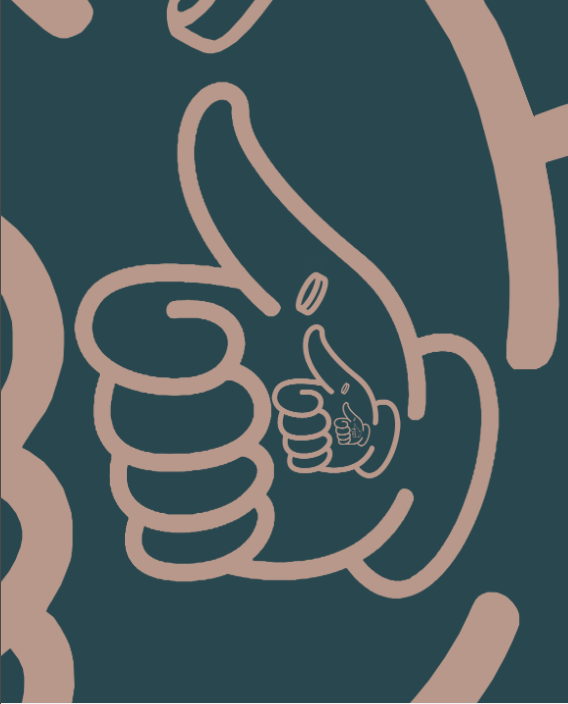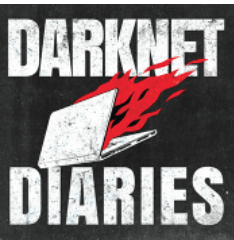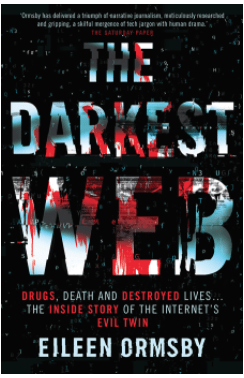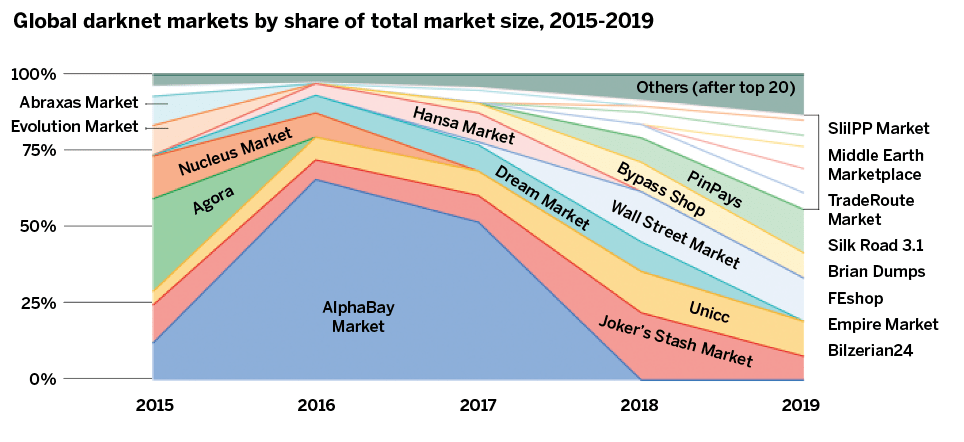Beneath the Deep Web: The Darknet
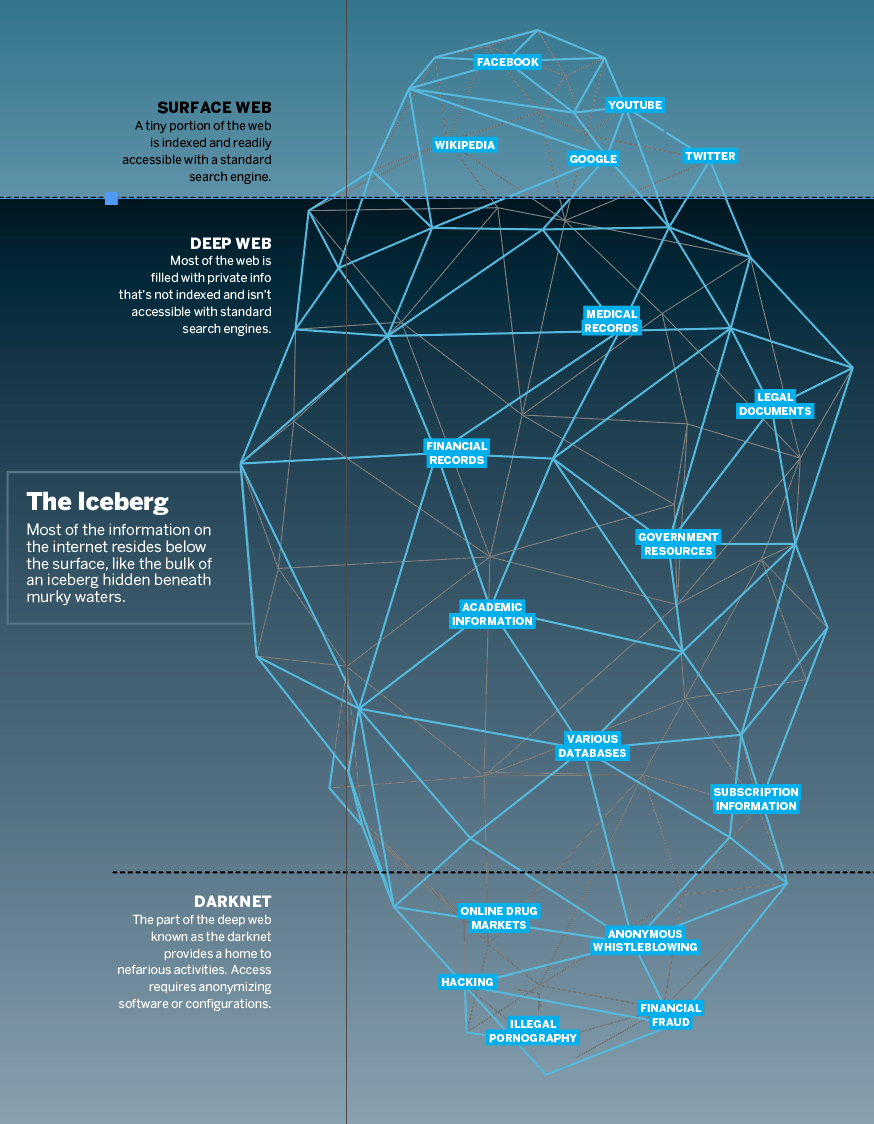
Everything evil proliferates in the mostly inaccessible outer reaches of the internet. Call it the darknet and don’t confuse it with the deep web.
Popular search engines—such as Google, Bing and Yahoo—tap into only a sliver of the information that resides on the internet–perhaps as little as 4%. That’s called the “surface web,” and it’s illustrated in diagrams as the tip of the internet iceberg.
The general public is denied most of the internet’s information, about 90%, simply because it’s private. It includes financial dealings, medical records, scientific reports, government archives and anything with a paywall. Collectively, it’s known as the “deep web,” and entry often requires just a password.
The dark side
But the remaining 6% of what’s online, referred to as the “dark web” or “darknet,” isn’t so innocuous. It’s a sinister limited-access underground where thieves, pushers, bookies, counterfeiters, child pornographers, money launders, human traffickers and perhaps even hired assassins engage in “commerce” bereft of honesty or decency. It’s beyond redemption and often beyond the reach of the law.
The darknet harbors secret places to score illegal drugs or ogle revenge porn. It purveys snuff films that purportedly document real torture, rape and murder. Money laundering’s commonplace. “Assassination markets” take bets on people’s dates of death. Animals are reportedly tortured, sexually assaulted and killed for the amusement of darknet sadists. Urban legend has it that darknet ghouls view live coverage of murders or hire real-life hitmen to commit murder.
Some of the most heinous sites may be fakes, scams or myths. But it remains undeniable that the darknet is twisting the high-minded intentions that underlie the internet “information highway.” An untold number of programmers, scientists, engineers and inventors have contributed to the technology.
Many stand out as particularly acute visionaries, beginning with Nicola Tesla. The Serbian-American genius of all things electrical was contemplating a “world wireless system” by the early 1900s. The chain of innovation continued with Leonard Kleinrock, an American computer scientist who wrote a scientific paper about a precursor to the internet in 1961. Eventually, the accumulation of knowledge helped British computer scientist Sir Tim Berners-Lee invent the World Wide Web in 1989.
The onion router
But some brilliant minds run afoul of the law, and even good intentions can turn bad. Some believe the launch of Freenet in 2000 represents the birth of the darknet. Freenet’s designer, Ian Clark, reportedly claimed his creation protected freedom of speech and combated censorship, but the anonymity it granted provided cover for unsavory activities.
Motivation aside, dark web sites proliferated in 2002 with the release of The Onion Router, or Tor. It protects anonymity by smothering messages in layers of encryption reminiscent of the layers of an onion. The U.S. Naval Research Laboratory developed Tor to protect intelligence communication online.
Perhaps the first and certainly the most infamous darknet marketplace, the Silk Road, was launched in 2011 and took its name from the legendary trade route that prospered 2,000 years ago. The contemporary incarnation earned such notoriety for drugs deals and other illegal or illicit action that the owner, Ross Ulbricht, landed in prison with a life sentence. His acolytes restarted the site after his arrest, but the feds soon shut it down again.
A successor to the Silk Road took the name AlphaBay, possibly because it sounded a bit like eBay. Yet the clever name didn’t save the darknet market from an international law enforcement sting that brought it down in 2017. Still, AlphaBay survived long enough to dwarf the size of the Silk Road.
The dark portal
As mysterious as the darknet might seem at first—given that familiar search engines don’t survey it—getting there isn’t that difficult, according to the many YouTube videos that promise simple access. To take full advantage of the anonymity of the darknet, some recommend using a virtual private network, or VPN, to log onto an anonymity browser that ends with “.onion.”
Because of that relative ease of entry—combined with the public’s growing awareness of the darknet’s existence—experts predict dark traffic jams. But just as most ideas become watered down as they gain wider acceptance, the darknet could become a continually sunnier part of the internet as exposure to the light of day increases. Could it become a safe, mainstream part of life? One can hope.





